Getting Some Insight On Game Design Contracts
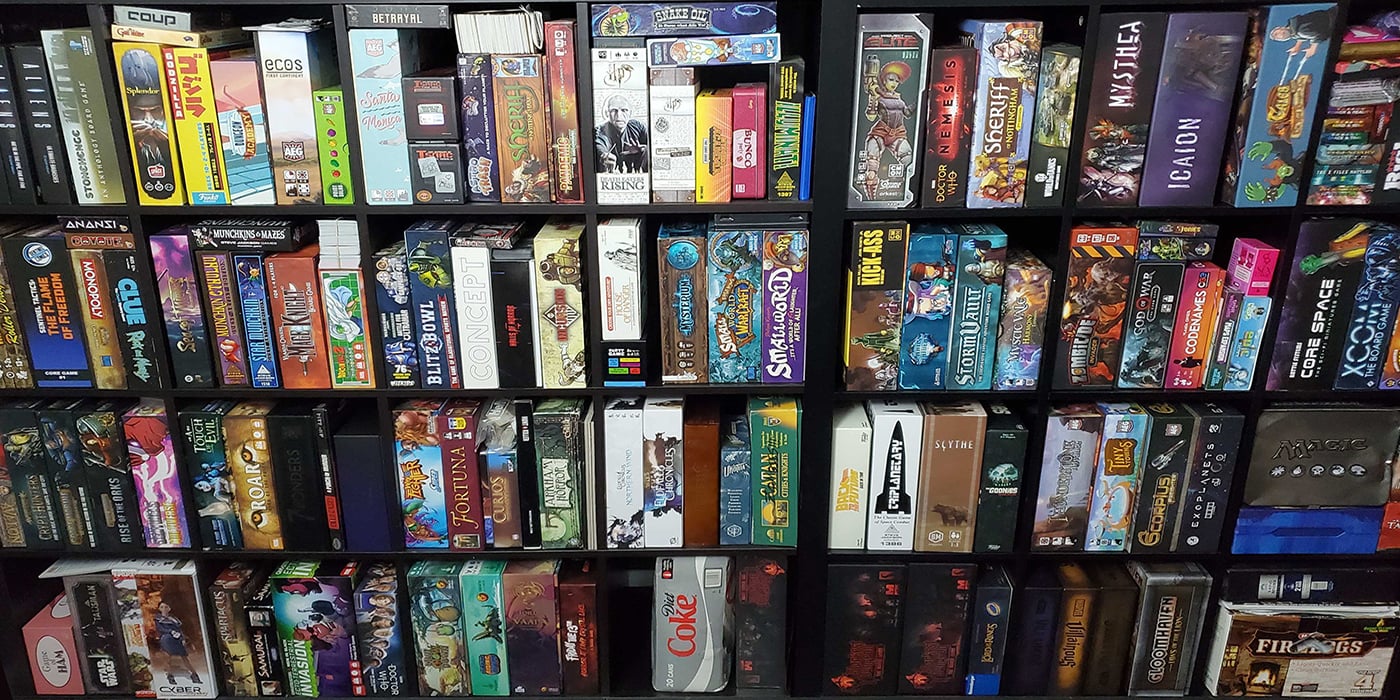

Jamey Stegmaier of Stonemaier Games (Scythe, Charterstone) recently posted on his blog about what goes into a game designer’s contract.
I pop in on Jamey Stegmaier’s blog every so often. A lot of the topics Jamey talks about in his blog are tabletop gaming related, obviously. They cover things like tips for first-time Kickstarters, and games to keep an eye on and some behind the scenes of game publishing.
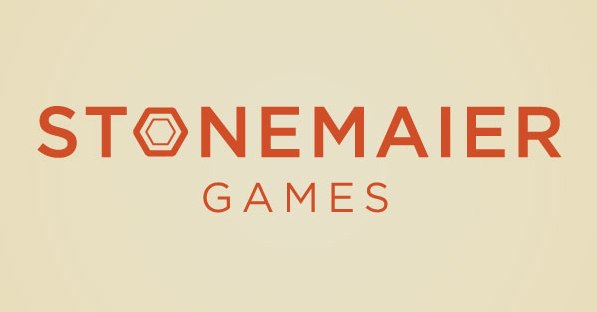
Today’s topic is about the behind the scenes bit. Last Thursday, Jamey published a post titled “Game Designer Contracts and Stonemaier Games“. I thought this one was particularly interesting because it goes into the aspects game designers don’t often think about. Sure, there’s the actual game design itself and the aspects that make it fair, balanced and fun. But that happens after that? Once the game is ready to be sold, how do you make sure the sales of that game are also fair, balanced and fun?
Definitions
Jamey begins the post breaking down some definitions, which, frankly is more detail than I think we need here. I’m more interested in the later bits. However, the one part he does mention specifically is in relation to revenue vs profit. I’m not an economics guy, so I thought they were the same thing. In the simplest terms my 2 minute Google search will allow me…
Profit = Revenue – Expenses
So while that are both counted as monetary gain, Jamey recommends that a designer seek a contract based on revenue, not profit. This prevents the publisher from trying to pull any sort of Accountomancy to short change your own profits.
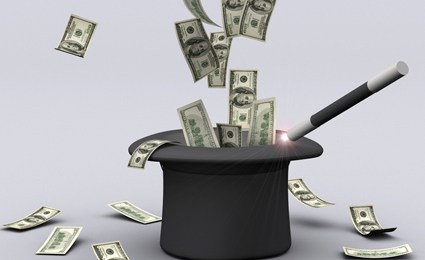
Compensation
In our capitalist society where art is dead and creativity has no meaning, financial compensation is the only thing that matters anymore.
 Free Parking Rules Everything Around Me
Free Parking Rules Everything Around Me
Bo Burnham levels of cynicism aside, there are a handful of ways Stonemaier Games is willing to payout.
Jamey discusses it’s rare anyone takes him up on it, but he does offer reimbursement for basically anything used during design and prototyping. Honestly, I can’t imagine why no one takes him up on this. Seems like a great deal. Who knows?
Second, complementary copies of the games. Makes sense. If I designed the game, I don’t want to have to pay for copies of it. So they give away copies on request from the designer with what seems like an unofficial “Don’t Be a Jerk About It” guideline.

Lastly, cold hard cash. According to Jamey, the industry standard is paying royalties quarterly. However, Stonemaier Games instead pays out monthly and usually hovers around $100. They pay anywhere from 7-10% of gross sales revenue. The factors being designer experience and name recognition. So while 7-10% might not seem like much, it can add up pretty quickly. Jamey gives the following example…
They try to make a minimum of 10,000 of any new game and supposing they sell 9,000 copies at $20 to the distributors and 1,000 direct sales at the MSRP of $50, the designer makes $23,000. Not a bad deal considering that’s only the first print run.
Expectations
Contracts are like a bad metaphor, because they cover the responsibilities and expectations of all parties involved. In this case, the designer has several expectations regarding what falls to them and what falls to the publisher.
According to Jamey, the designer’s main responsibility is, obviously, designing the game. Everything else, including but not limited to development, blind playtesting, art direction, graphic design, manufacturing, logistics, shipping, marketing and distribution all fall to the publisher.
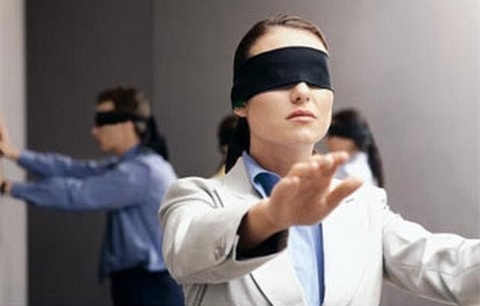 “Okay, we’re ready to playtest!”
“Okay, we’re ready to playtest!”
To that point, there is some expected “back and forth” between the publisher and designer regarding playtest reports and any feedback regarding basically anything. Things like theme, mechanisms, name, art, graphic design, and marketing strategy are all part of the publishers final say, however hopefully with some input from the designer as well.
Termination
Contracts are also like John Conner, because they can be terminated.
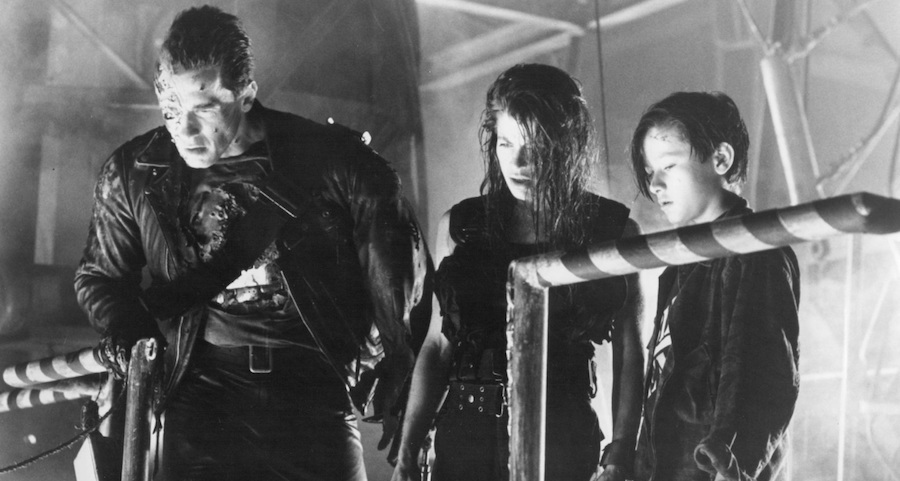 Contracts often have a higher success rate and fewer time-travelling robots. So, pros and cons.
Contracts often have a higher success rate and fewer time-travelling robots. So, pros and cons.
Obviously, every contract will be different and have their own uniqueness to it, but here are a couple examples Jamey gives for what could cause a termination of contract.
- Mutual agreement of Publisher and Designer.
- Any reason leading up to the blind playtesting stage of the Product’s development.
- Publisher’s failure to pay Designer any compensation due within 30 days after written demand for payment.
- Publisher’s failure to release the game within 1 year of the start of the blind playtesting stage.
- Publisher’s material breach of any representation or agreement contained in this agreement.
- Designer’s failure to complete the services specified in the Responsibilities section.
- Designer’s material breach of any representation or agreement contained in this agreement.
- Publisher’s failure to print at least 1000 units of the Product for a period of 3 years.
What’s nice here is the sort of mutual respect given. Some of these points protect the publisher, but some also protect the designer. It’s not as overbearing down on the poor little designer as I might have thought. Although, Jamey Stagmaier and Stonemaier Games in general seem pretty chill.
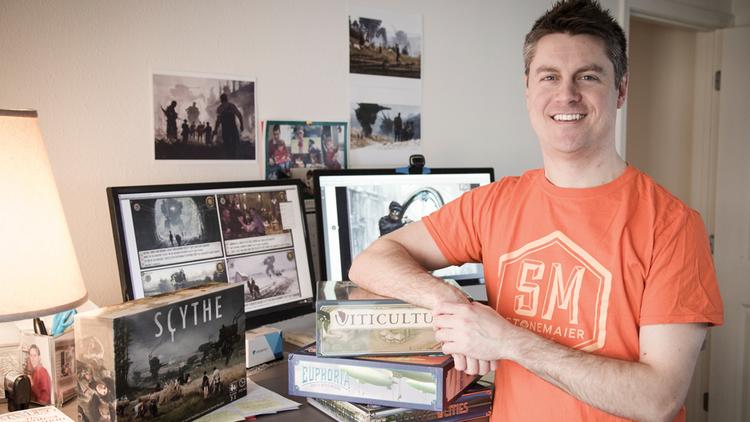 Just try an tell me this dude doesn’t look chill as heck.
Just try an tell me this dude doesn’t look chill as heck.
If you’re at all interested, check out the full read of Jamey’s blog post here. He goes into more details and also is very responsive in the comments as well. Also, check out his other posts in you’re interested in some other “Behind The Publisher” info.
Thanks for reading!

